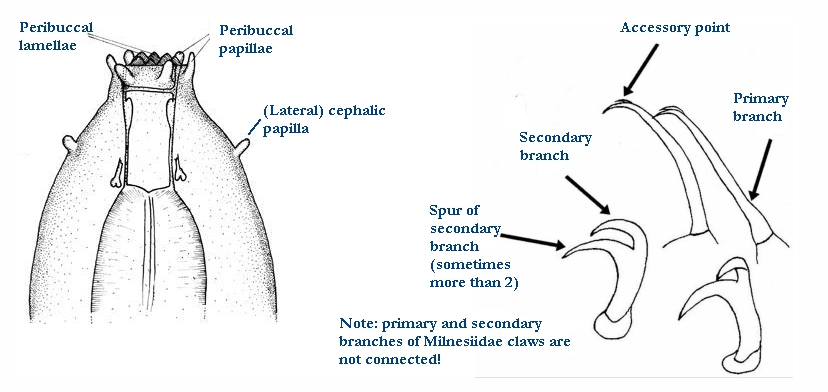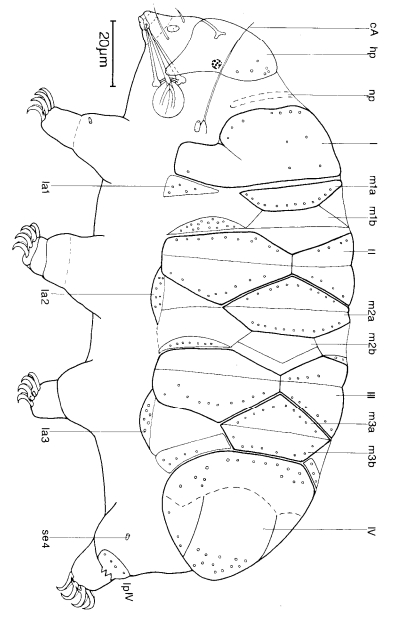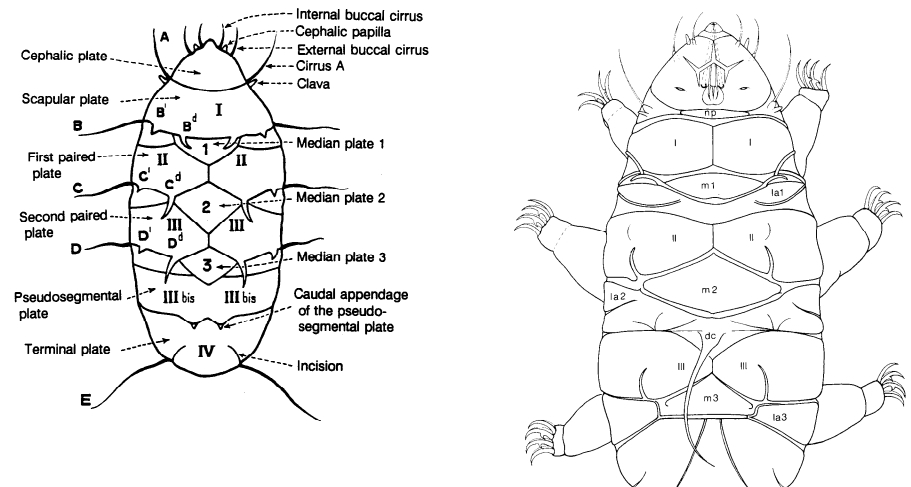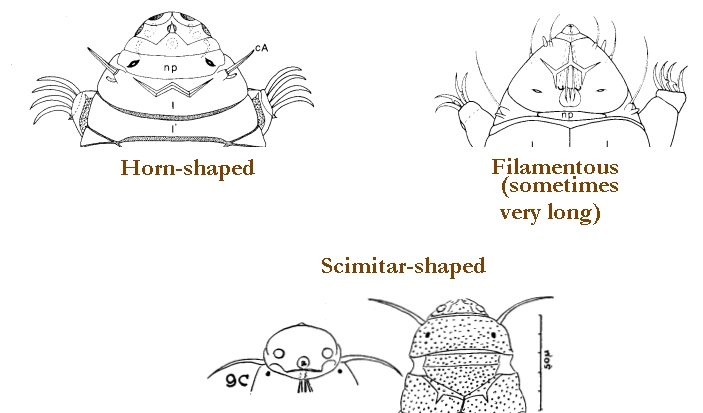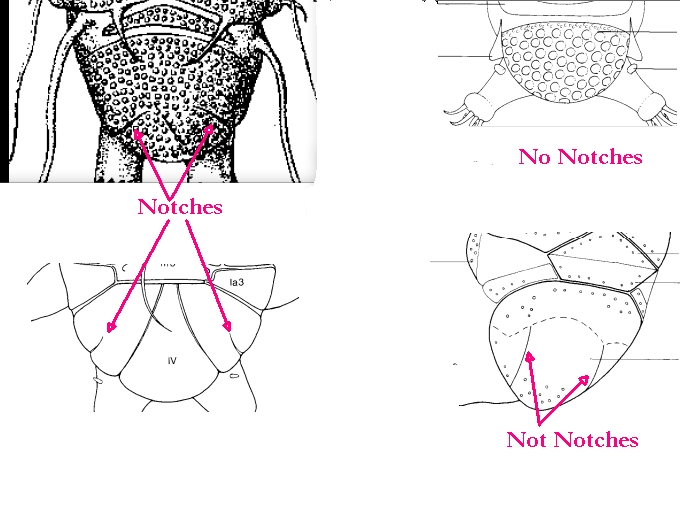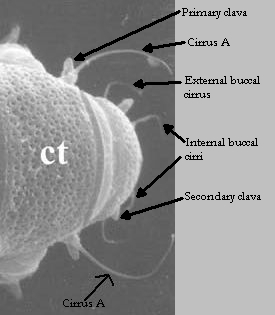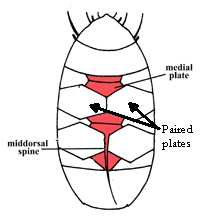Isohypsibius
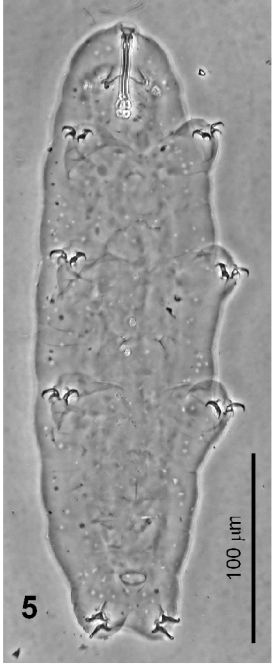
Isohypsibioidea from Marley et al. 2011: “Parachela. Claws asymmetrical (2121); Isohypsibius-type claw pairs; AISM ridged.” Isohypsibioidea from Bertolani et al. 2014: “Double claws asymmetrical with respect to the median plane of the leg (2121), normally with similar shape and size on each leg; double claws of the Isohypsibius type (secondary branch of the external claw inserted perpendicularly on the claw basal tract), […]
Fractonotus
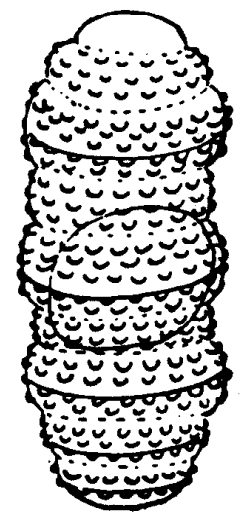
Hypsibioidea from Pilato 1969 in Marley et al. 2011: “Parachela; claws asymmetrical (2121); Hypsibius-type claw pairs; AISM hooked (or, if the buccal tube is elongated, AISM can be broad ridges).” Hypsibioidea from Bertolani et al. 2014: “Double claws asymmetrical with respect to the median plane of the leg (2121), the external (or posterior) claw often with flexible main branch; double claws […]
Eremobiotus
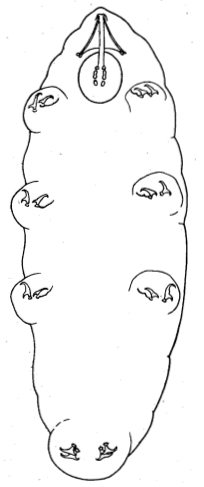
Isohypsibioidea from Marley et al. 2011: “Parachela. Claws asymmetrical (2121); Isohypsibius-type claw pairs; AISM ridged.” Isohypsibioidea from Bertolani et al. 2014: “Double claws asymmetrical with respect to the median plane of the leg (2121), normally with similar shape and size on each leg; double claws of the Isohypsibius type (secondary branch of the external claw inserted perpendicularly on the claw basal tract), […]
Dastychius
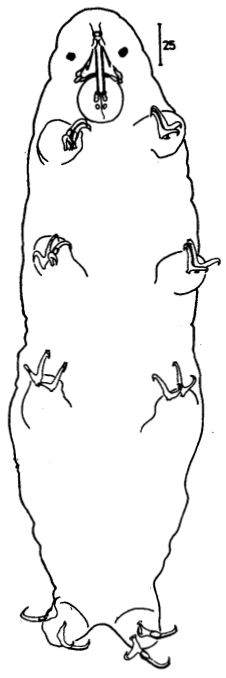
Isohypsibioidea from Marley et al. 2011: “Parachela. Claws asymmetrical (2121); Isohypsibius-type claw pairs; AISM ridged.” Isohypsibioidea from Bertolani et al. 2014: “Double claws asymmetrical with respect to the median plane of the leg (2121), normally with similar shape and size on each leg; double claws of the Isohypsibius type (secondary branch of the external claw inserted […]




